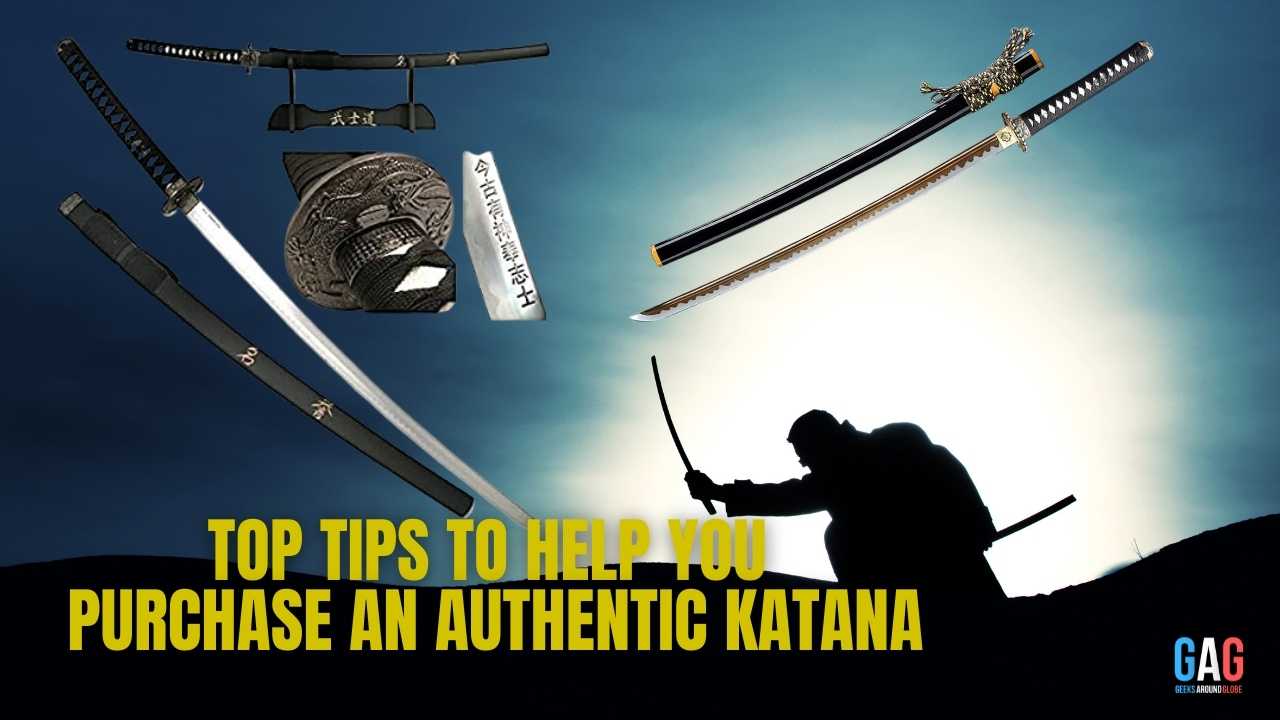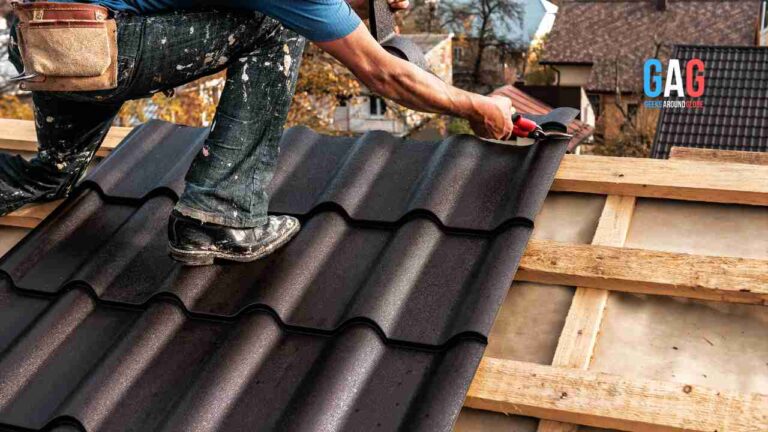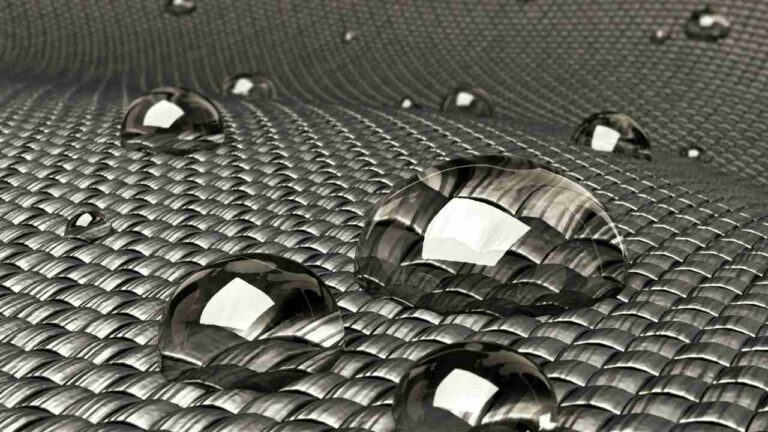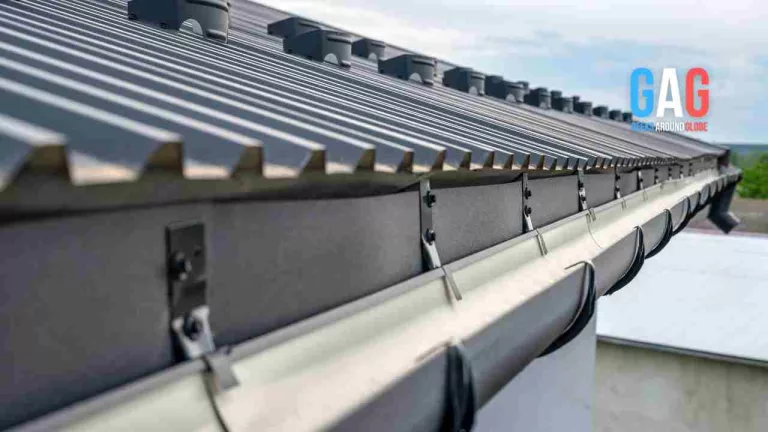Traditional Japanese weapons were some of the most beloved tools, especially for those who were interested in Japanese culture and history. Nowadays, with martial arts and anime getting into the mainstream media, most people are exposed to the power and wonder of one of the awe-inspiring Japanese swords called the katana. The katana swords were used by the samurai warriors.
Remember that only this elite class of warriors was allowed to carry these swords. No wonder, many people are now interested in buying this extraordinary Japanese sword. If you intend to purchase an authentic katana sword, there are some things you have to know. This page provides some top tips to help you purchase an authentic katana.
A katana sword
The katana sword happens to be one of the many Japanese swords that were utilized by the samurai warriors in feudal Japan. You should note that the samurai spent their entire lives mastering the wakizashi, katana, and tanto swords so that they could protect and serve their high-ranking ladies and lords. The katana sword traditionally had a thin curved blade and came with a long handle that was designed for the samurai to hold it with their two hands. Most katana swords are usually sharpened on one side.
It’s worth mentioning that Japan has a unique history that has transformed and evolved into today’s culture. This tradition focuses on strict work ethic, honor, politeness, behavior, and creativity. And, the forging of the katana sword was a crucial element in feudal Japan that dictated the actions and behavior of a person regardless of their status in society.
The Japanese swords were first mentioned in reference to the Kofun era which was between 300 and 538 AD. But the traditional katana sword which most people know was only referenced in the Heian period, which was between 794 and 1185. Over the years, the Japanese craftsmen had improved the art of sword-making to ensure that the needs of the samurai warriors were met. You can find several types of used Japanese swords including the nodachi, tanto, wakizashi, and katana swords. Like most Japanese tools, the Japanese swords also have different uses.
Buying an authentic katana sword
It’s important to purchase an authentic katana sword, though you should also make sure that it’s of high quality and fully functional. Regardless of whether you intend to use it for training or display it on the mantle, a katana sword that doesn’t have the right materials or the right dimensions cannot be appealing.
The type of steel that is utilized in making the katana sword is crucial to its authenticity and performance. If you find suppliers advertising stainless steel, then you should avoid them. Instead, you need to look at 1095 type sheets of steel, 1060 type sheets of steel, or even spring steel. It would help if you remembered that there are some terms that are associated with the quality and techniques of the forging process.
There is high carbon content that leads to a harder edge, folded refers to steel that is folded to purify the metal and give several layers, and clay tempered refers to clay that insulates the spine of the blade to increase its hardness and flexibility. Also, there is tamahagane which is special steel that is made up of iron sand and is folded to get rid of impurities. Ideally, the metal utilized to make an authentic katana sword usually has a 1095 or 1060 metal base with a combination of techniques or elements discussed above applied to it.
After the steel type, you then need to look out for the tang of the Japanese sword. The tang refers to the blade’s metal part that is placed into the handle. Unless this metal goes through the entire length of the handle, it may not be an authentic katana sword.
A blade needs to have the support and balance of a full tang to withstand the blows. You can find various types of full tangs on the market and these include hidden, push, skeleton, rat-tail, and many more, but they all go through the handle’s center. When it comes to the katana sword, the tang is usually attached to the handle using mekugi. The mekugi are simply bamboo pegs that go through both sides of the handle and the blade to make sure that all the parts are securely held in place and cannot fall apart during the first strike.
The length of the blade is another important part of an authentic katana sword. If you see a blade that is 90 cm or more long, it’s not a katana sword. This type of blade can be a nodachi. A wakizashi blade can measure between 30 and 60 cm. On the other hand, an authentic katana sword needs to measure more than 60 cm.
At first glance, a blade’s length may not seem that important, but it can come in handy when it comes to fighting. The length of the blade can affect the balance and weight of a sword, though it can also change your reach and fighting style as a fighter.
When looking for an authentic katana sword, you should also consider the accessories. After all, the katana sword cannot be complete without accessories. This includes the handle wrap, sheath cord, the scabbard, handle ornaments, and many more. Each of these accessories can contribute to the traditional Japanese sword, such as the katana sword. Therefore, don’t deal with a supplier who skips out on offering these accessories for your katana sword. Other accessories you should include are the guard called the tsuba fuchi, fittings also known as kashira habaki or seppa, and rayskin wrap also called same’gawa.
Lastly, you must note that the prices of authentic katana swords tend to vary. In most cases, this depends on the type of material and whether a smith forged the blade or stamped by a machine. Therefore, you need to ask the potential katana sword supplier their prices and how the sword was made.







